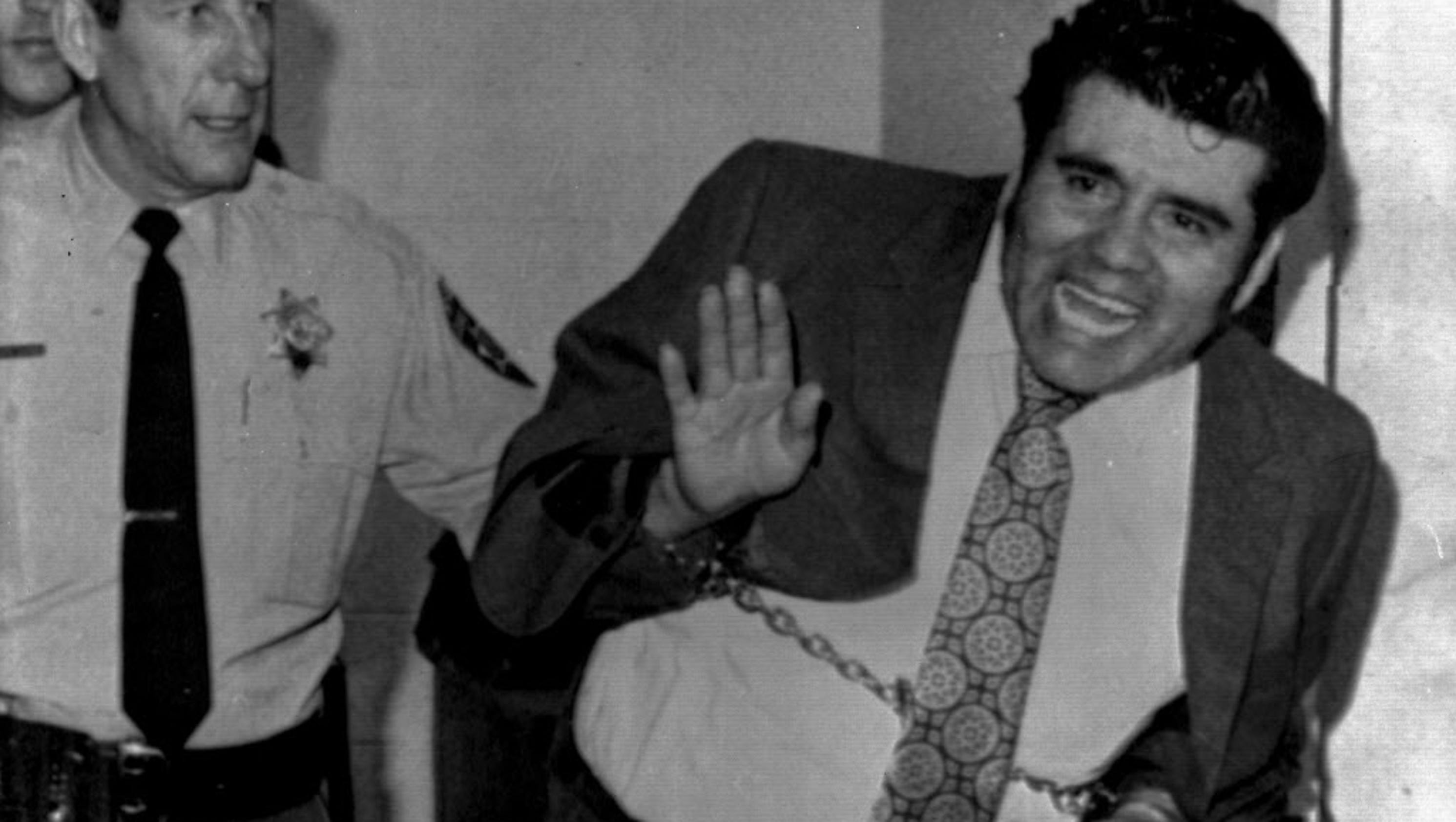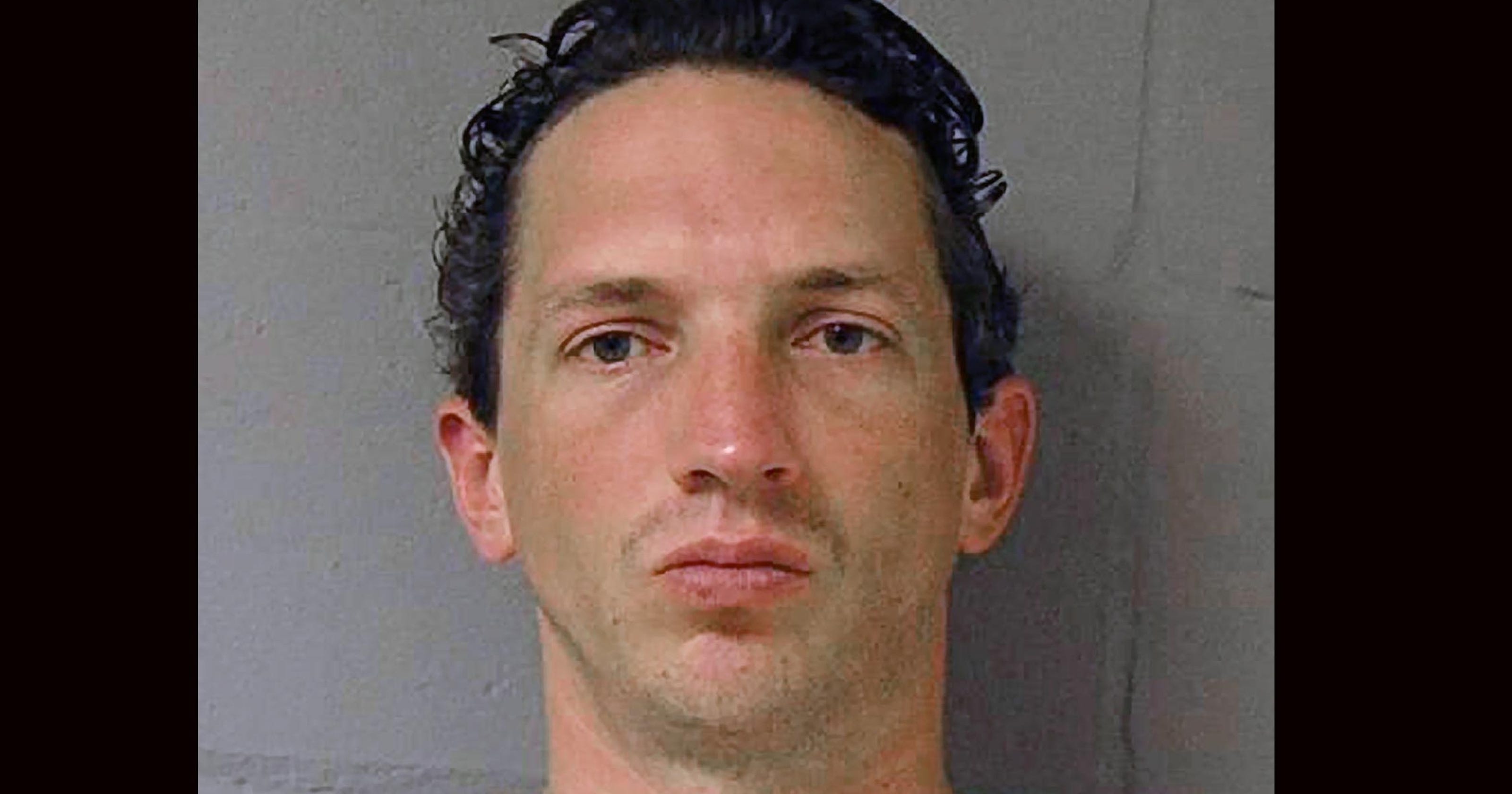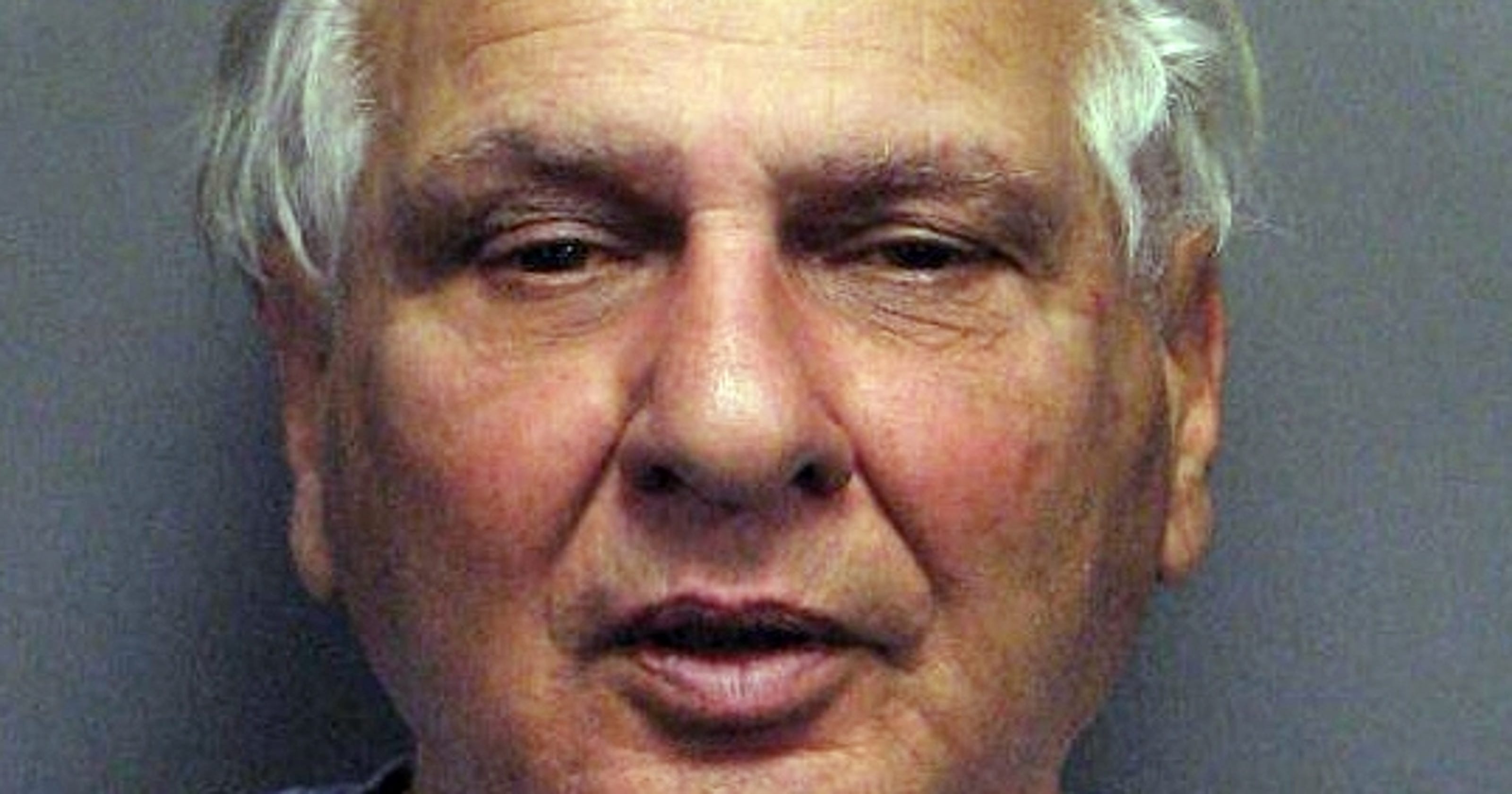Unveiling The Shadows: The Chilling World Of Active Serial Killers
Active serial killers have always been a dark and haunting presence in our society, capturing both fear and fascination in equal measure. They operate in the shadows, leaving trails of terror that haunt communities and challenge the limits of law enforcement. As we delve deeper into this chilling world, it becomes crucial to understand the motivations, patterns, and impacts these predators leave behind. This isn't just about crime; it's about understanding the psychology behind some of humanity's darkest acts.
It’s kinda crazy how much attention serial killers get, right? I mean, they’re all over true crime podcasts, documentaries, and even Hollywood movies. But let’s be real here, this ain’t just entertainment. Active serial killers are out there right now, lurking, planning their next move. It’s a scary thought, but it’s also important to shed light on this dark corner of the world so we can better protect ourselves and our communities.
Now, before we dive deep into the rabbit hole, it’s worth mentioning that this isn’t just about morbid curiosity. Understanding active serial killers is crucial for law enforcement, psychologists, and even regular folks like you and me. The more we know, the better equipped we are to prevent future tragedies. So, buckle up because this journey into the minds of these predators isn’t gonna be pretty, but it’s necessary.
Who Are Active Serial Killers?
Defining the Term
Let’s start by breaking down what exactly makes someone an active serial killer. Unlike one-time murderers or spree killers, these individuals commit multiple killings over an extended period, often with a cooling-off period in between. It’s not just about the number of victims; it’s about the pattern, the method, and the twisted motivations behind their actions.
Now, here’s the kicker—active serial killers don’t just pop up out of nowhere. Many of them have a long history of antisocial behavior, often starting with lesser crimes or even animal cruelty. It’s like a progression, a dark evolution of sorts. And let’s not forget, they’re not all the same. Some are methodical, others are impulsive, but they all share one common trait: a complete lack of empathy for their victims.
Psychological Profile
Ever wondered what goes on in the mind of an active serial killer? It’s a complex cocktail of mental disorders, childhood trauma, and sometimes, just plain evil. Many of these predators suffer from personality disorders such as Antisocial Personality Disorder or Narcissistic Personality Disorder. But here’s the thing—there’s no one-size-fits-all profile. Some are highly intelligent and cunning, while others are more impulsive and chaotic.
- The Pacific Rami Maleks War Drama Breakthrough Role
- Megan Foxs Vampire Look Night Teeth Trend Whats The Buzz
Take Ted Bundy, for example. This guy was charming, smart, and had a way with words. Who would’ve thought he was capable of such heinous acts? On the other hand, you’ve got someone like Richard Ramirez, the Night Stalker, who was more about the thrill and the chaos. It’s a spectrum, and that’s what makes it so damn scary.
Patterns and Motivations
Unraveling the Patterns
Active serial killers often follow specific patterns when it comes to their crimes. These patterns can include the type of victim they target, the method of killing, and even the geographical area where they operate. For law enforcement, recognizing these patterns is crucial in catching these predators before they strike again.
Some killers have a specific “type” they go after—maybe it’s a certain age group, gender, or even occupation. Others have a signature move, like leaving a particular object at the scene or using a specific weapon. It’s like they’re leaving breadcrumbs, taunting the authorities to catch them. And let’s not forget the geographical aspect. Some killers stick to a specific area, while others are more nomadic, making it even harder to track them down.
Uncovering the Motivations
Why do active serial killers do what they do? The motivations can vary wildly from one individual to another. For some, it’s all about power and control. They get a twisted sense of satisfaction from dominating and destroying their victims. Others are driven by sexual deviancy, seeking gratification through violence and death.
And then there are those who just enjoy the thrill of the hunt, the adrenaline rush that comes with stalking and killing. It’s like a game to them, and the stakes are life and death. Understanding these motivations is key to predicting their next move and ultimately stopping them in their tracks.
The Impact on Society
Communities Under Siege
The presence of an active serial killer in a community can have devastating effects. Fear spreads like wildfire, and people start looking over their shoulders, questioning the safety of their own neighborhoods. Businesses suffer, tourism drops, and the overall morale of the community takes a hit. It’s like living under a constant state of siege.
But it’s not just about the fear. There’s also the anger and frustration that builds up as the killer continues to elude capture. People demand answers, and they want justice. It’s a pressure cooker situation that can sometimes lead to misguided actions, like profiling or even vigilantism.
Law Enforcement Challenges
Catching an active serial killer is no easy feat. These guys are often one step ahead, using their knowledge of the system to stay hidden. Law enforcement agencies face numerous challenges, from lack of resources to jurisdictional issues. And let’s not forget the psychological toll it takes on the investigators who are constantly exposed to the darkest aspects of humanity.
But despite these challenges, there have been some remarkable successes. Advances in technology, such as DNA analysis and digital forensics, have given law enforcement new tools in the fight against these predators. And sometimes, it’s just good old-fashioned detective work that cracks the case.
Famous Active Serial Killers
Biography: The Faces Behind the Crimes
Table: Key Facts About Famous Active Serial Killers
| Name | Alias | Victims | Years Active | Current Status |
|---|---|---|---|---|
| Ted Bundy | The Co-Ed Killer | 30+ (estimated) | 1974-1978 | Executed in 1989 |
| Richard Ramirez | The Night Stalker | 13 | 1984-1985 | Executed in 2013 |
| Jeffrey Dahmer | The Milwaukee Cannibal | 17 | 1978-1991 | Killed in Prison in 1994 |
These are just a few of the infamous names that have made headlines over the years. Each one has their own twisted story, their own reasons for committing such heinous acts. But they all share one thing in common—they’ve left an indelible mark on society, a mark that we continue to grapple with to this day.
Prevention and Awareness
Early Detection
Preventing active serial killers from striking is a complex challenge, but early detection can make a world of difference. Identifying red flags in behavior, especially in childhood, can help steer individuals away from a path of destruction. Mental health services, education, and community support are all crucial components in this effort.
And let’s not underestimate the power of awareness. Educating the public about the signs to look out for, the importance of reporting suspicious behavior, and the resources available can empower communities to take action before it’s too late.
Technology and Innovation
Advances in technology have revolutionized the way law enforcement approaches the investigation of active serial killers. From facial recognition software to social media monitoring, these tools are helping to close the gap between the predators and their prey. But with great power comes great responsibility, and it’s important to balance these innovations with privacy concerns and ethical considerations.
Legal and Ethical Considerations
The Justice System
When it comes to active serial killers, the justice system plays a critical role. Ensuring fair trials, appropriate sentencing, and the protection of victims’ rights are all essential components of the process. But it’s not just about punishment; it’s about rehabilitation, prevention, and deterrence.
And let’s talk about the death penalty for a second. It’s a highly debated topic, with strong arguments on both sides. Some believe it’s the ultimate form of justice, while others argue it’s inhumane and ineffective. It’s a complex issue that requires careful consideration and a thorough understanding of the implications.
Ethical Dilemmas
There are also ethical considerations when it comes to the study and reporting of active serial killers. How do we balance the need for public awareness with the potential for glorifying these predators? It’s a fine line that media outlets, researchers, and law enforcement agencies must tread carefully.
And let’s not forget the victims and their families. Their voices must be heard, their stories told with dignity and respect. It’s about giving them a platform to share their pain, their loss, and their resilience in the face of such unimaginable tragedy.
Conclusion: Taking Action
In conclusion, understanding active serial killers is a complex and multifaceted endeavor. It’s about recognizing the patterns, uncovering the motivations, and addressing the impacts on society. But most importantly, it’s about taking action—whether it’s through education, technology, or community involvement.
So, what can you do? Start by staying informed, reporting suspicious behavior, and supporting the efforts of law enforcement and mental health professionals. Share this article with your friends and family, spark conversations, and let’s work together to make our communities safer.
And hey, don’t forget to leave a comment below. What’s your take on this dark and intriguing world? Let’s keep the dialogue going and maybe, just maybe, we can make a difference.
Table of Contents
- Who Are Active Serial Killers?
- Patterns and Motivations
- The Impact on Society
- Famous Active Serial Killers
- Prevention and Awareness
- Legal and Ethical Considerations
- Conclusion: Taking Action



Detail Author:
- Name : Mr. Victor Legros
- Username : tamara.beier
- Email : kurtis23@gmail.com
- Birthdate : 1987-03-11
- Address : 847 Hal Highway Suite 601 Pagacside, CO 81329
- Phone : (913) 216-1860
- Company : Cremin, Bogan and Terry
- Job : Cost Estimator
- Bio : Ut temporibus omnis esse velit quod quasi. Necessitatibus asperiores libero non odio et. Dolores atque quasi nobis odio et inventore temporibus quia. Non optio voluptates neque eum.
Socials
facebook:
- url : https://facebook.com/claudie8397
- username : claudie8397
- bio : Ipsum maiores dolor et a. Ipsa sint soluta sequi pariatur est.
- followers : 1473
- following : 243
linkedin:
- url : https://linkedin.com/in/claudie.walker
- username : claudie.walker
- bio : Facilis qui qui non quidem voluptas ea eos.
- followers : 3774
- following : 1888